12 Hidden Dangers of ‘Healthy’ Foods That Spike Insulin
In the quest for better health, many individuals turn to foods marketed as "healthy." However, beneath the surface of these seemingly beneficial choices lurk hidden dangers that can disrupt your body's delicate balance. One significant concern is insulin spiking, a phenomenon where certain foods cause a rapid increase in blood sugar levels, prompting the pancreas to release insulin. Insulin spikes can lead to various health issues, including weight gain, insulin resistance, and even diabetes. This guide aims to uncover the top 12 secret insulin spikers hiding in "healthy" foods, equipping you with the knowledge to make informed dietary choices. Understanding these hidden culprits is crucial for maintaining stable blood sugar levels and achieving optimal health. As we delve into each section, you'll discover how seemingly innocent foods can impact your body's insulin response, empowering you to make better decisions for your well-being.
1. The Unexpected Impact of Fruit Juices
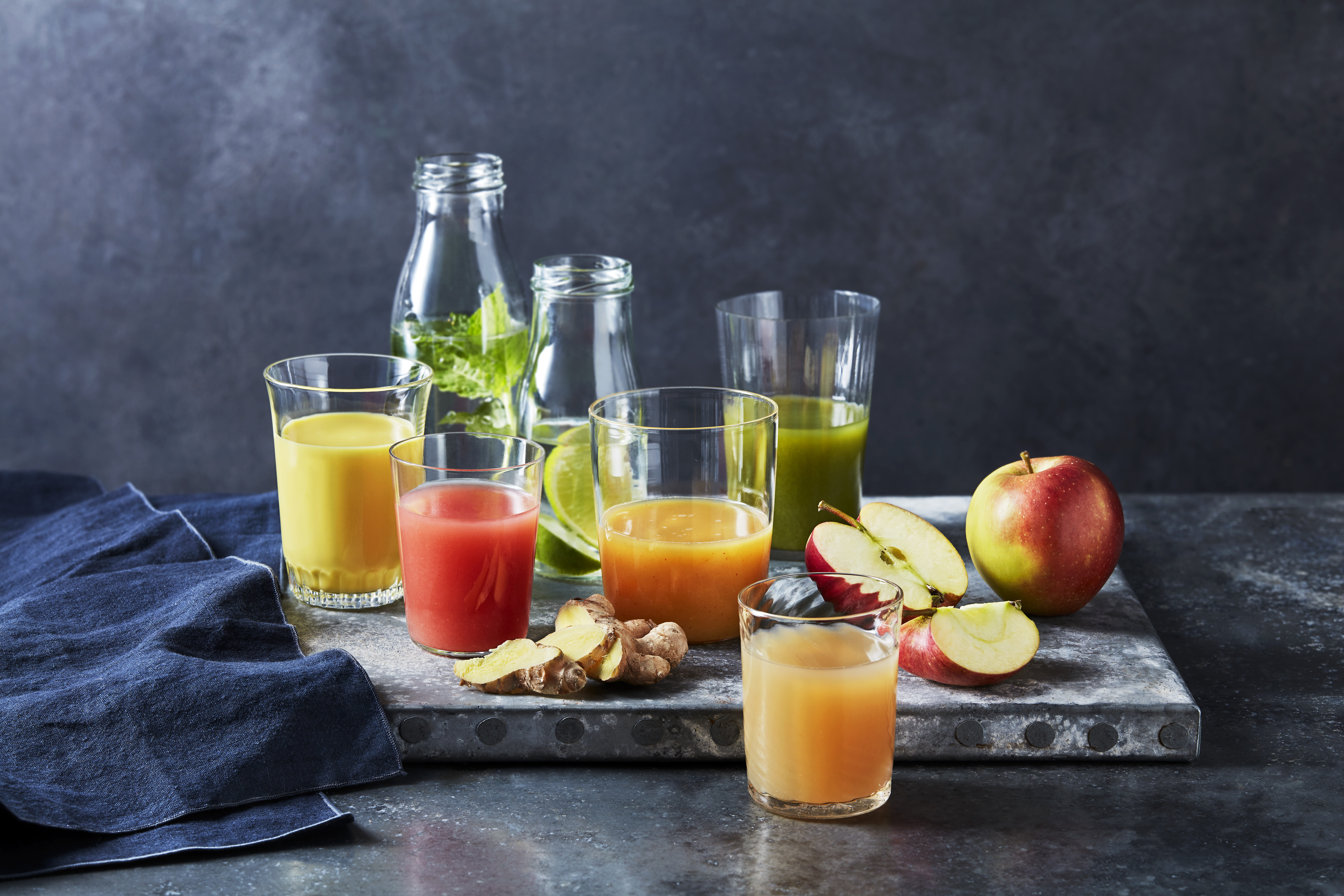
Fruit juices are often perceived as a healthy beverage option due to their vitamin and antioxidant content. However, they can be a significant source of hidden sugars that lead to insulin spikes. Unlike whole fruits, which contain fiber that slows down sugar absorption, fruit juices lack this crucial component. As a result, the sugars in juice are rapidly absorbed into the bloodstream, causing a swift rise in blood sugar levels. This can be particularly concerning for individuals with insulin sensitivity or diabetes. Additionally, many commercially available fruit juices contain added sugars, further exacerbating the problem. To minimize insulin spikes, it's advisable to consume whole fruits instead of juices, as they provide the benefits of fiber and other nutrients. Understanding the impact of fruit juices on insulin levels is a crucial step in making healthier beverage choices.
2. The Sneaky Sugars in Yogurt
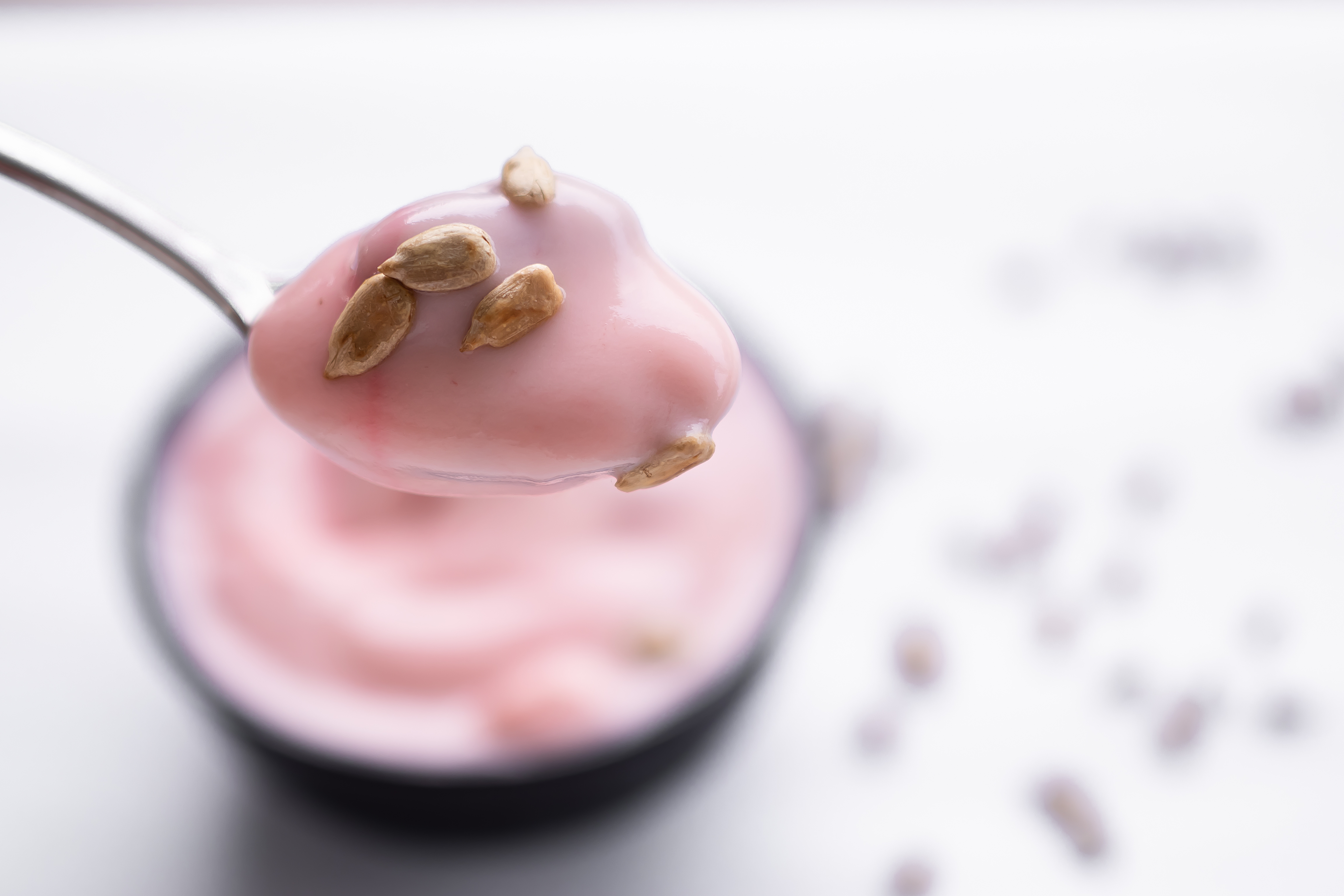
Yogurt is often touted as a nutritious snack, rich in probiotics and calcium. However, many flavored yogurts contain hidden sugars that can lead to insulin spikes. These added sugars are used to enhance taste, making the product more appealing to consumers. Unfortunately, they can significantly increase the glycemic index of yogurt, causing rapid blood sugar increases. Even "low-fat" or "light" versions are not exempt, as they often compensate for the lack of fat with added sugars. To avoid insulin spikes, opt for plain, unsweetened yogurt and add fresh fruits or nuts for flavor. This choice not only reduces sugar intake but also provides additional nutrients and fiber. By being mindful of the sugar content in yogurt, you can enjoy its health benefits without compromising your insulin levels.
3. The Misleading Nature of Whole Grains
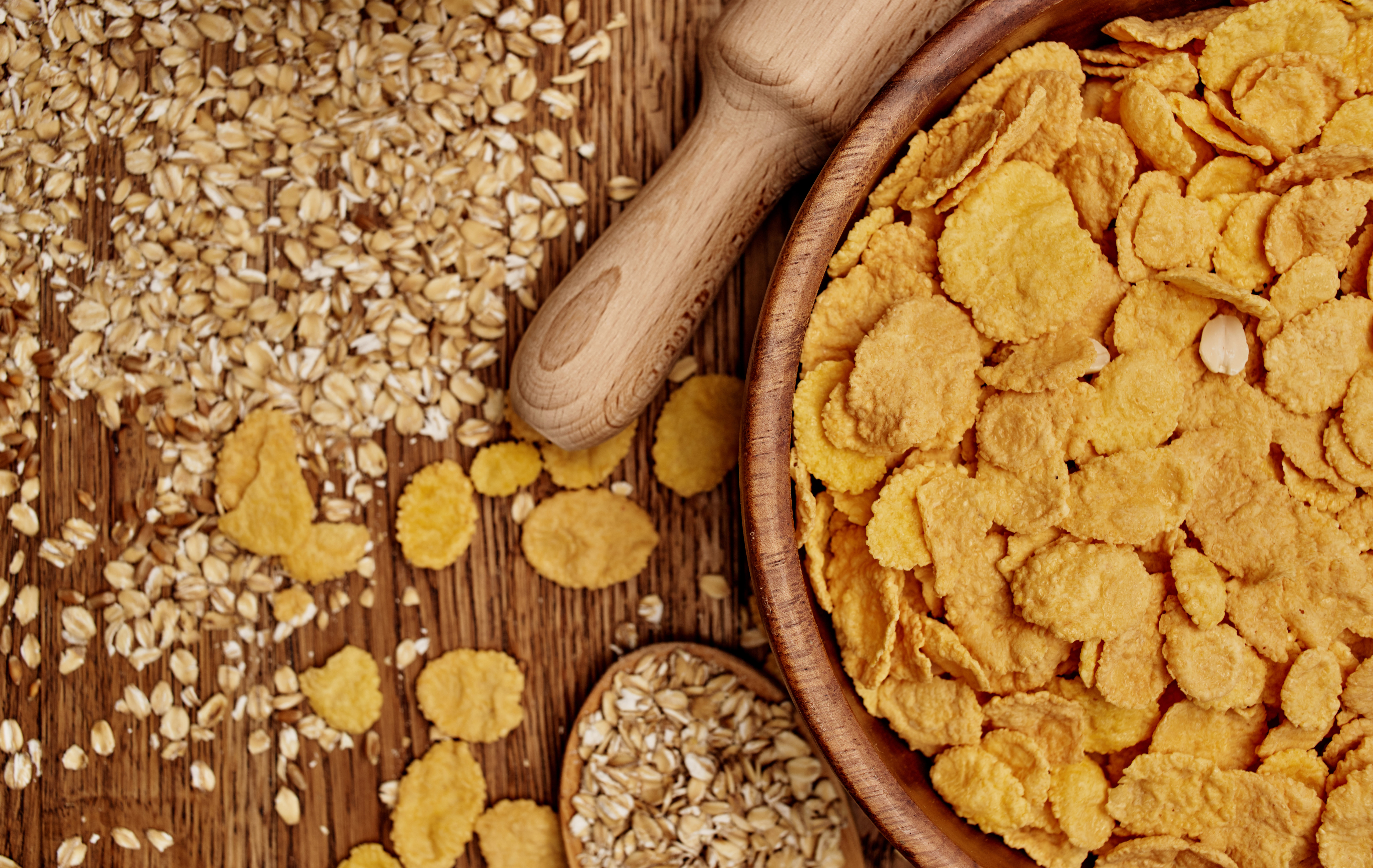
Whole grains are often considered a healthy alternative to refined grains due to their higher fiber content. However, not all whole-grain products are created equal. Many packaged whole-grain foods, such as breads and cereals, contain added sugars and refined flours that can lead to insulin spikes. Additionally, some whole grains have a high glycemic index, meaning they can cause rapid increases in blood sugar levels. It's important to differentiate between whole grains in their natural form, like quinoa or brown rice, and processed whole-grain products. Choosing minimally processed whole grains and being aware of portion sizes can help mitigate their impact on insulin levels. Understanding the nuances of whole grains is essential for making informed dietary choices that support stable blood sugar levels.
4. The Surprising Effects of Smoothies
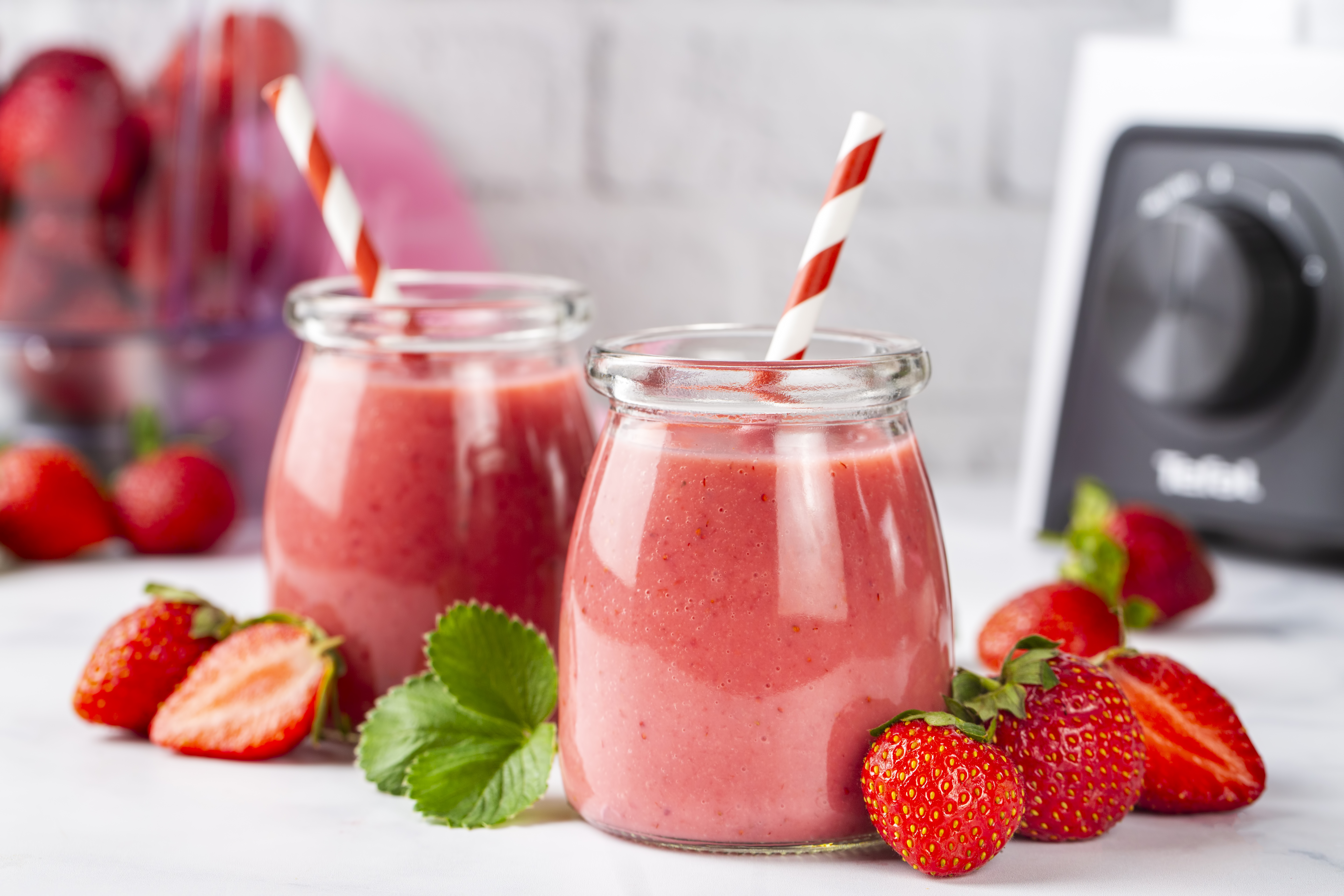
Smoothies are often seen as a convenient way to consume fruits and vegetables, providing a quick nutrient boost. However, they can also be a hidden source of insulin spikers, especially when made with high-sugar fruits or sweetened ingredients. The blending process breaks down the fiber in fruits, leading to faster sugar absorption in the bloodstream. Additionally, many commercial smoothies contain added sugars or syrups, further contributing to insulin spikes. To enjoy smoothies without the negative impact on insulin levels, focus on using low-sugar fruits, such as berries, and incorporate vegetables like spinach or kale. Adding protein sources, such as Greek yogurt or nut butter, can also help slow down sugar absorption. By being mindful of smoothie ingredients, you can enjoy their benefits without compromising your insulin response.
5. The Hidden Dangers of Protein Bars
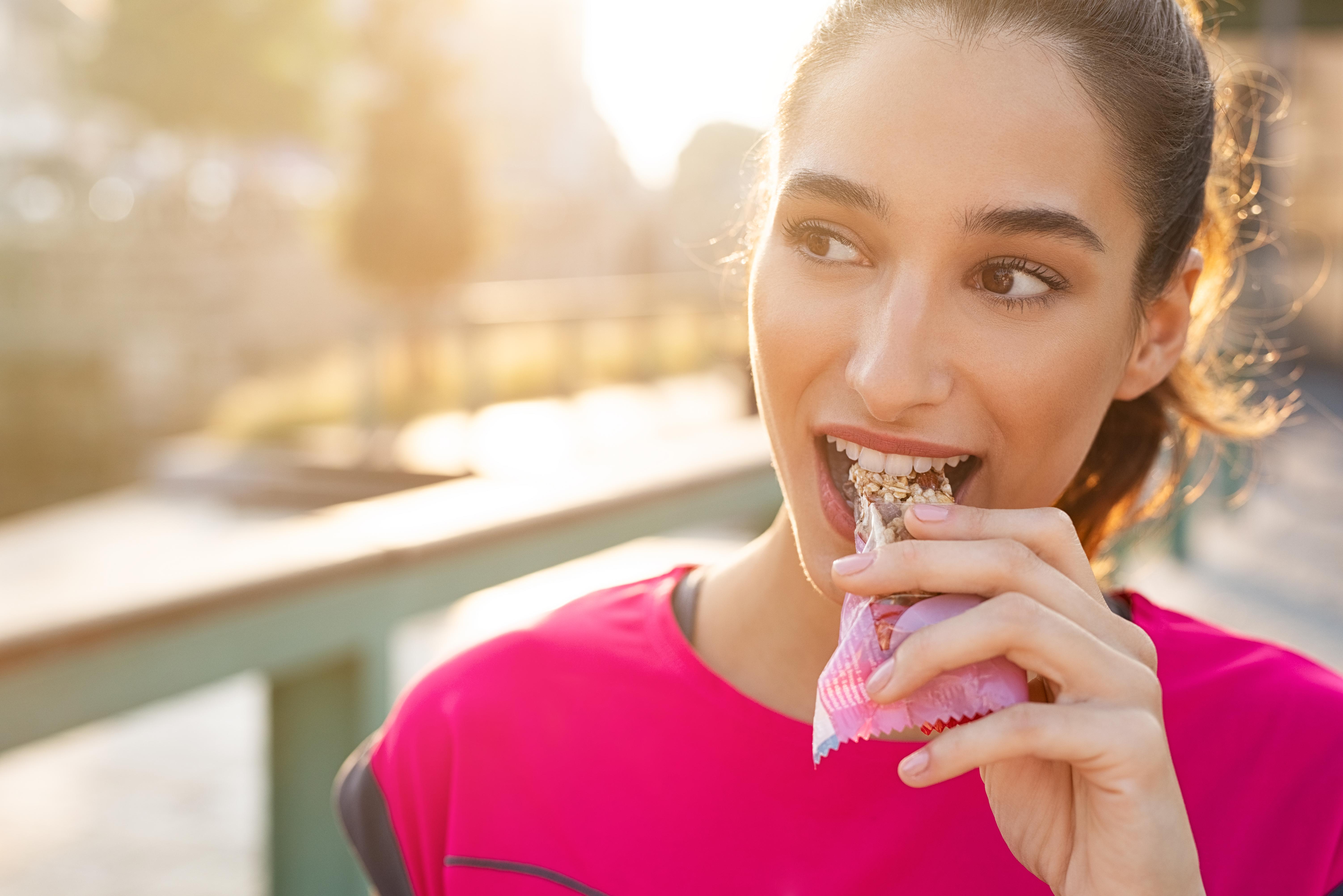
Protein bars are often marketed as a convenient and healthy snack option, especially for those with active lifestyles. However, many of these bars contain high levels of sugars and refined carbohydrates that can lead to insulin spikes. These ingredients are used to enhance taste and texture, making the bars more palatable. While protein is essential for muscle repair and growth, it's crucial to choose bars with minimal added sugars and high-quality protein sources. Reading labels and opting for bars with natural sweeteners, like stevia or monk fruit, can help reduce their impact on insulin levels. By selecting protein bars wisely, you can enjoy their convenience and nutritional benefits without the risk of insulin spikes.
6. The Intricacies of Dairy Alternatives
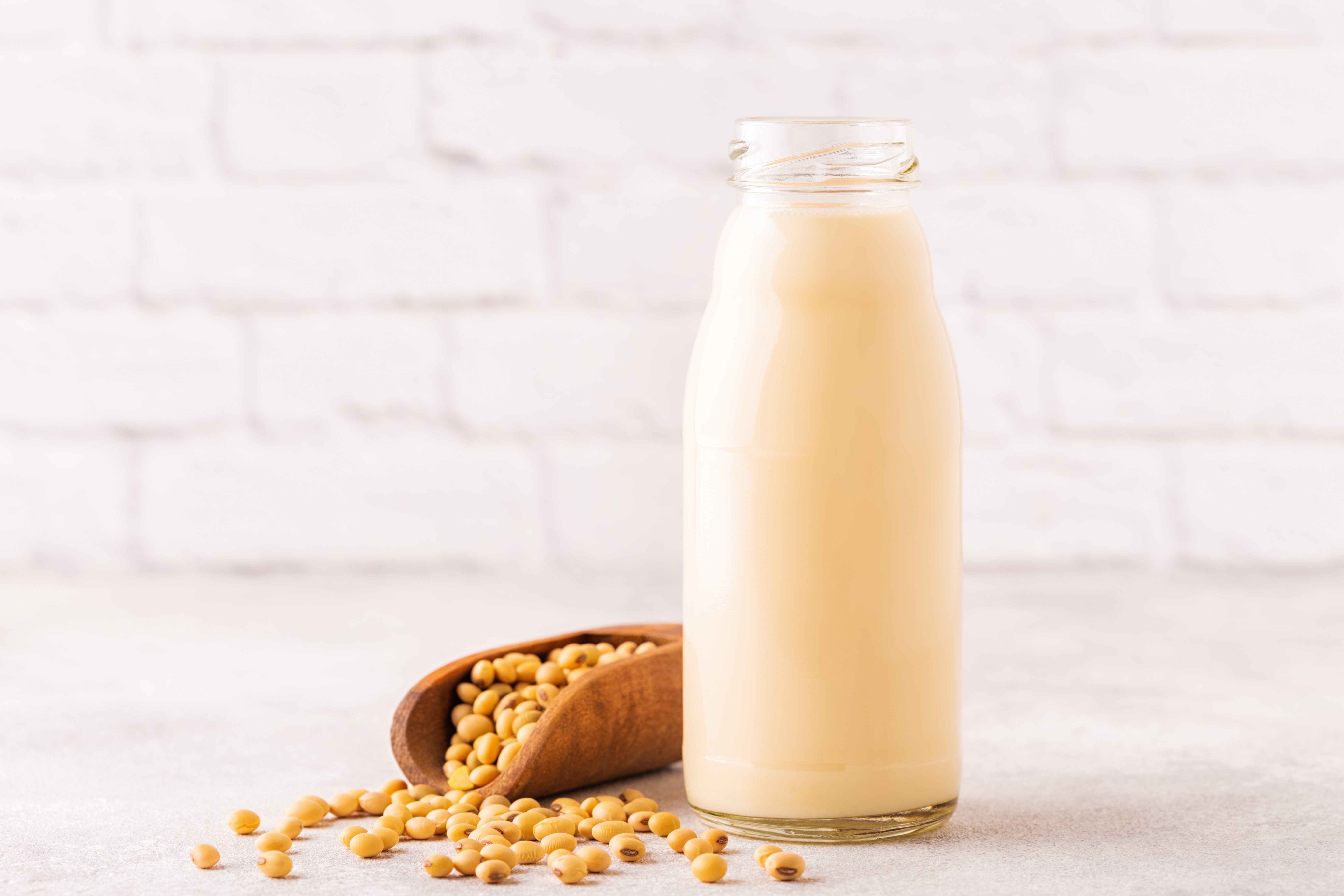
Dairy alternatives, such as almond milk or soy milk, are popular choices for those with lactose intolerance or dietary preferences. However, some of these products contain added sugars that can lead to insulin spikes. Flavored versions, in particular, often have high sugar content to mimic the taste of traditional dairy products. It's important to read labels and choose unsweetened versions to minimize sugar intake. Additionally, some dairy alternatives may contain thickeners or additives that can affect digestion and insulin response. By being mindful of the ingredients in dairy alternatives, you can enjoy their benefits without compromising your blood sugar levels.
7. The Unexpected Glycemic Effects of Legumes
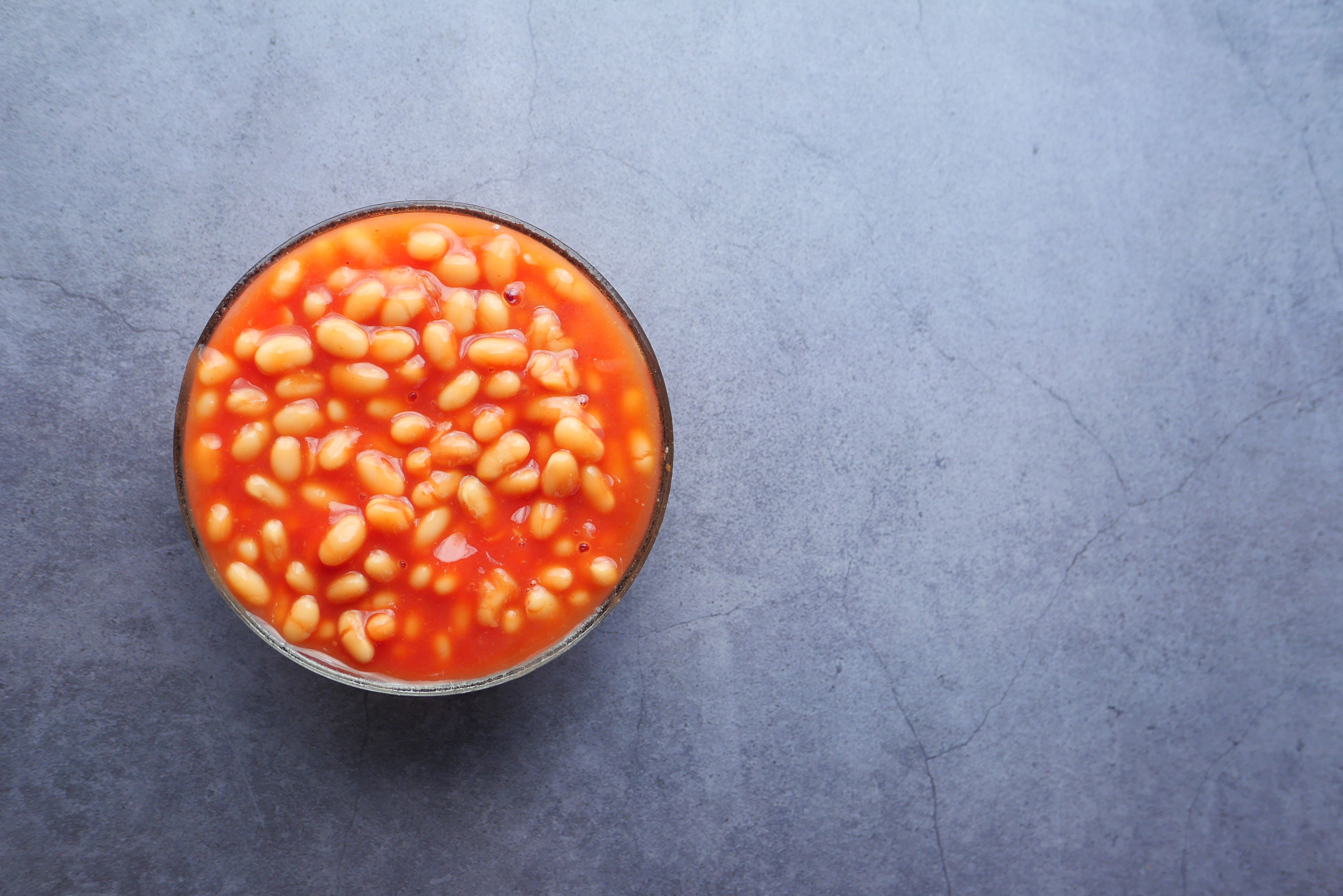
Legumes, such as beans and lentils, are often praised for their high fiber and protein content. However, they can also have varying effects on insulin levels depending on their preparation and consumption. While legumes generally have a low glycemic index, certain cooking methods or combinations with other high-glycemic foods can lead to insulin spikes. For example, consuming legumes with white rice or sugary sauces can negate their benefits. To maximize the health benefits of legumes, focus on preparing them with minimal added sugars and pair them with low-glycemic foods. Understanding the nuances of legumes can help you incorporate them into your diet without adverse effects on insulin levels.
8. The Complexities of Natural Sweeteners
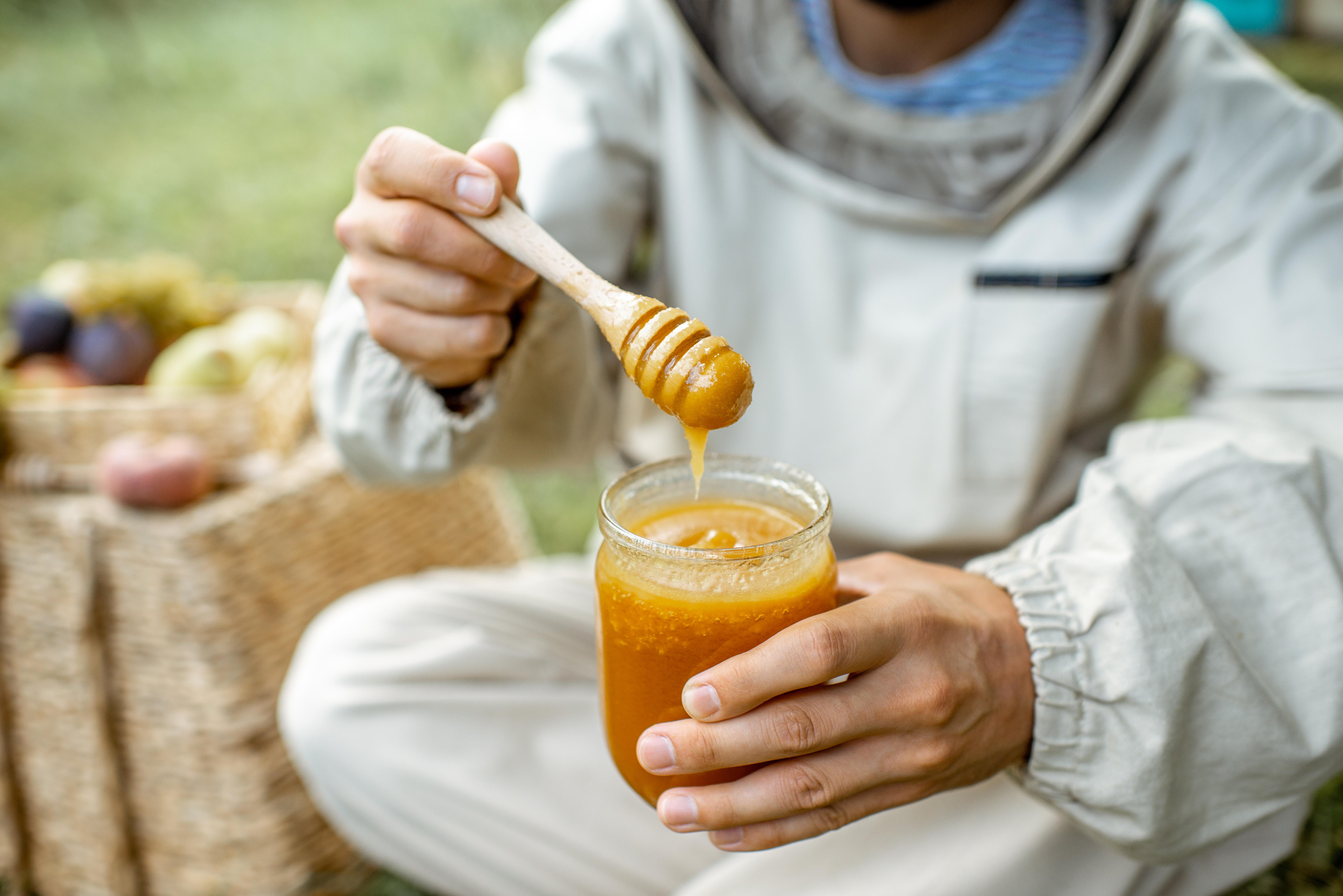
Natural sweeteners, such as honey or agave nectar, are often perceived as healthier alternatives to refined sugars. However, they can still lead to insulin spikes due to their high fructose content. While these sweeteners may have additional nutrients or antioxidants, it's important to use them in moderation. The body processes fructose differently than glucose, and excessive consumption can lead to insulin resistance over time. Opting for natural sweeteners with lower glycemic indexes, like stevia or erythritol, can help reduce their impact on insulin levels. By understanding the complexities of natural sweeteners, you can enjoy their benefits without compromising your blood sugar balance.
9. The Surprising Sugar Content of Sauces and Dressings
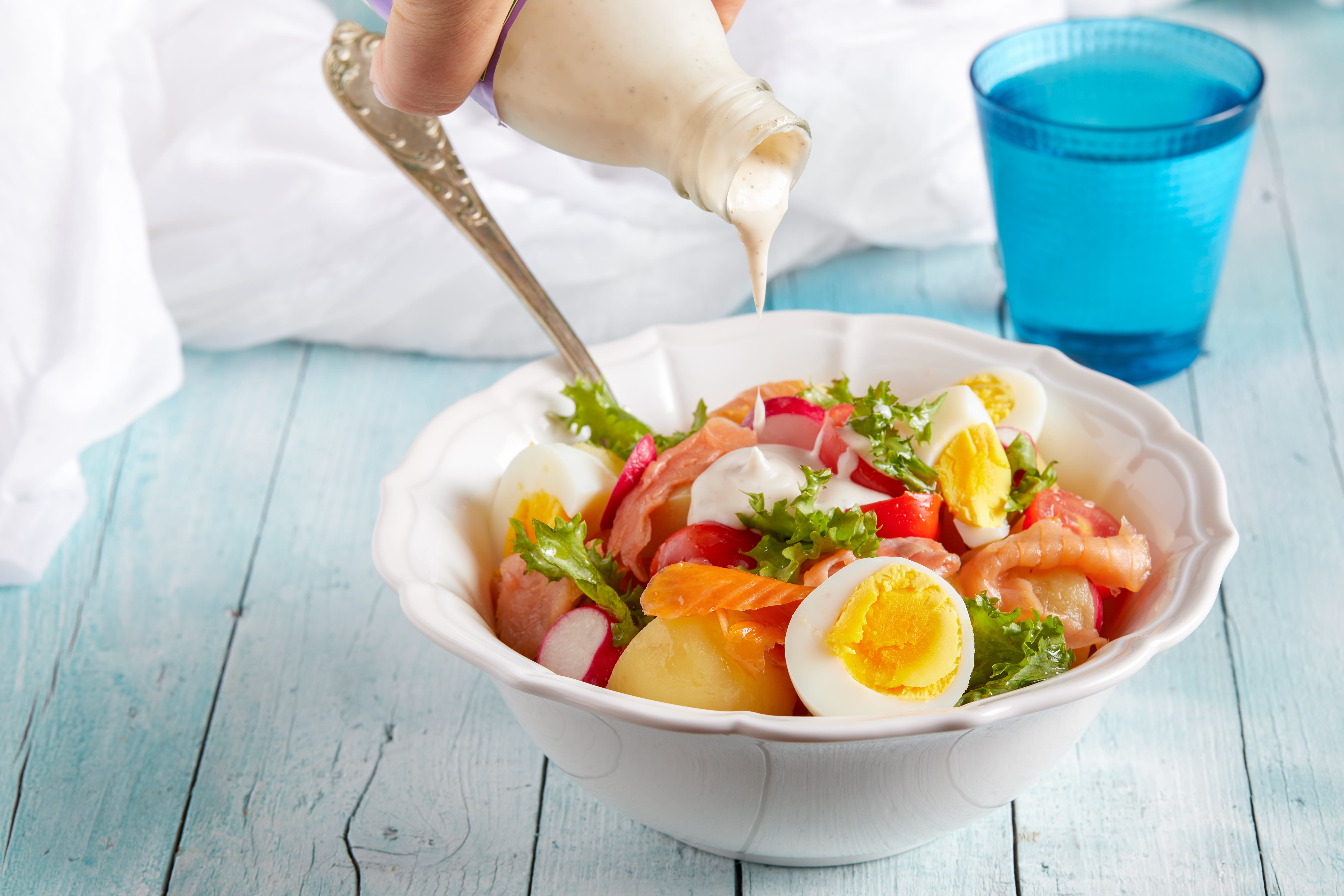
Sauces and dressings are often overlooked sources of hidden sugars that can lead to insulin spikes. Many commercially available options contain added sugars to enhance flavor, making them a potential pitfall for those seeking to maintain stable blood sugar levels. Even seemingly healthy options, like vinaigrettes or marinades, can have high sugar content. To minimize their impact, consider making homemade versions using fresh ingredients and natural sweeteners. Reading labels and choosing low-sugar or sugar-free options can also help reduce their effect on insulin levels. By being mindful of the sugar content in sauces and dressings, you can enjoy flavorful meals without compromising your insulin response.
10. The Unexpected Insulin Response to Oatmeal
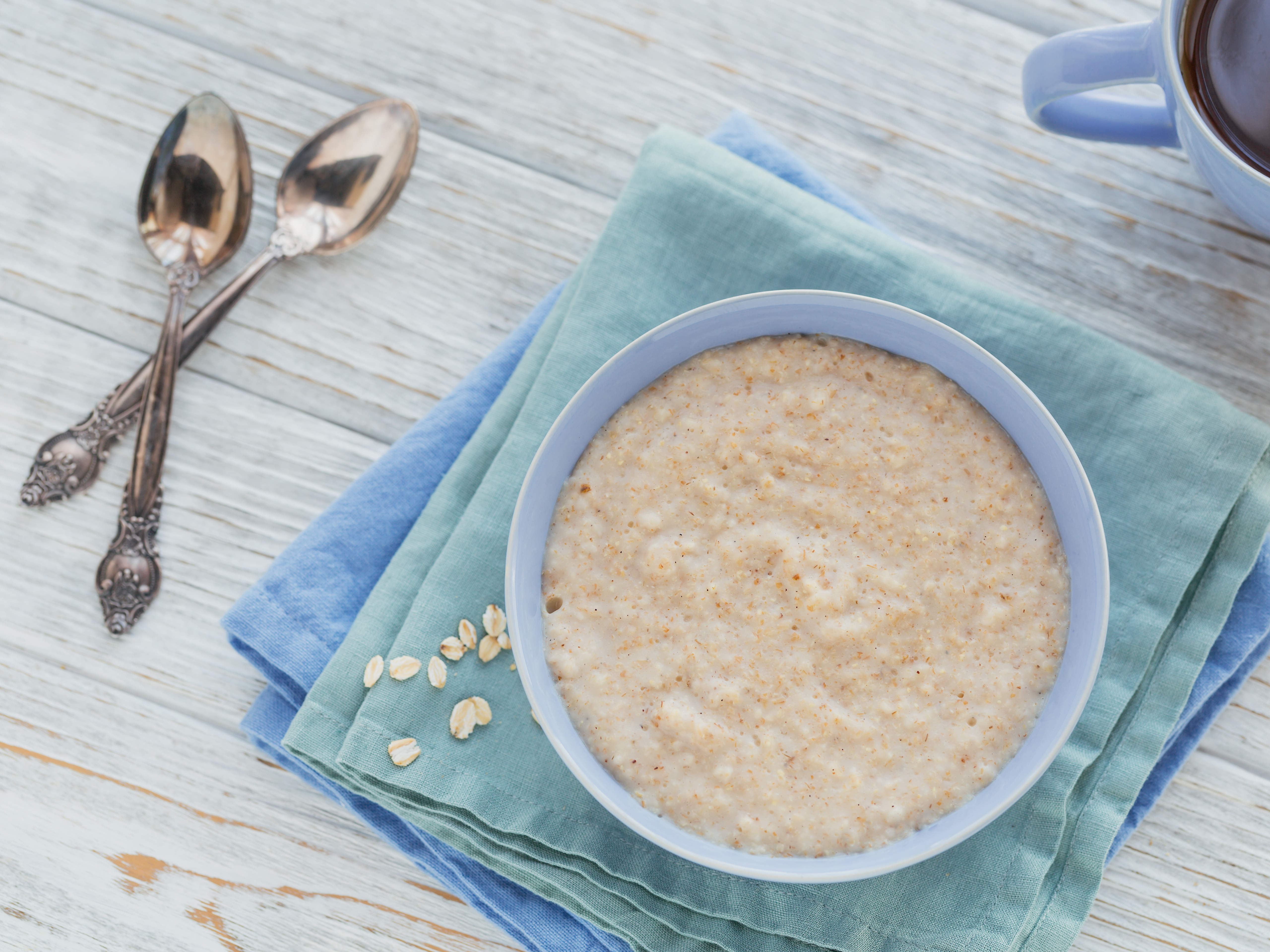
Oatmeal is widely regarded as a nutrient-dense, heart-healthy breakfast, but not all oats are created equal. While steel-cut and rolled oats have a low glycemic index (GI) due to their fiber content, instant and flavored oatmeals can cause significant insulin spikes. Pre-packaged oatmeal varieties often contain added sugars, artificial flavors, and refined carbohydrates, which lead to a rapid increase in blood sugar levels. Even plain oatmeal can become an insulin trap if loaded with high-GI toppings like brown sugar, honey, or dried fruit. To keep oatmeal blood sugar-friendly, opt for steel-cut or old-fashioned oats, pair them with healthy fats (like almond butter), protein (like Greek yogurt or nuts), and fiber-rich seeds (like chia or flaxseed). These additions slow down digestion and help prevent sharp blood sugar fluctuations.
11. The Hidden Insulin Spike in Plant-Based Meat Alternatives
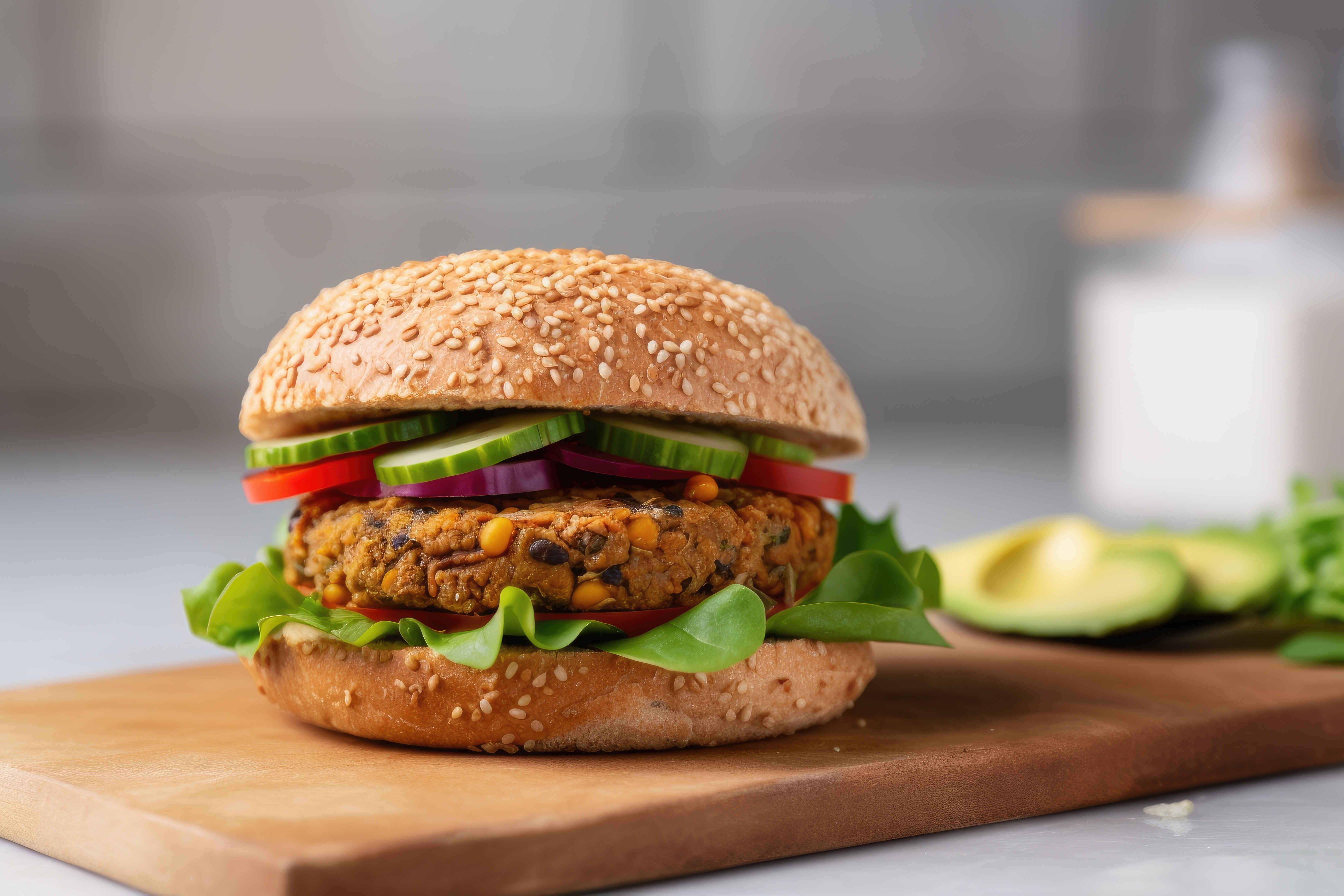
Many people turn to plant-based meat alternatives as a health-conscious choice, but some of these products may not be as blood sugar-friendly as they seem. Many veggie burgers, meatless sausages, and plant-based chicken substitutes contain processed starches, added sugars, and refined grains to enhance texture and taste. These ingredients can cause unexpected insulin spikes, especially in products marketed as "low-fat" or "high-protein." Additionally, some plant-based meats lack sufficient fiber and healthy fats, which help slow digestion and stabilize blood sugar. To make a healthier choice, look for minimally processed, whole-food-based meat alternatives made from lentils, mushrooms, nuts, or tempeh. Better yet, consider making homemade plant-based protein options using ingredients like chickpeas, quinoa, and flaxseeds, which provide natural fiber and slow-digesting protein to keep insulin levels steady.
12. The Overlooked Blood Sugar Spike from Artificial Sweeteners
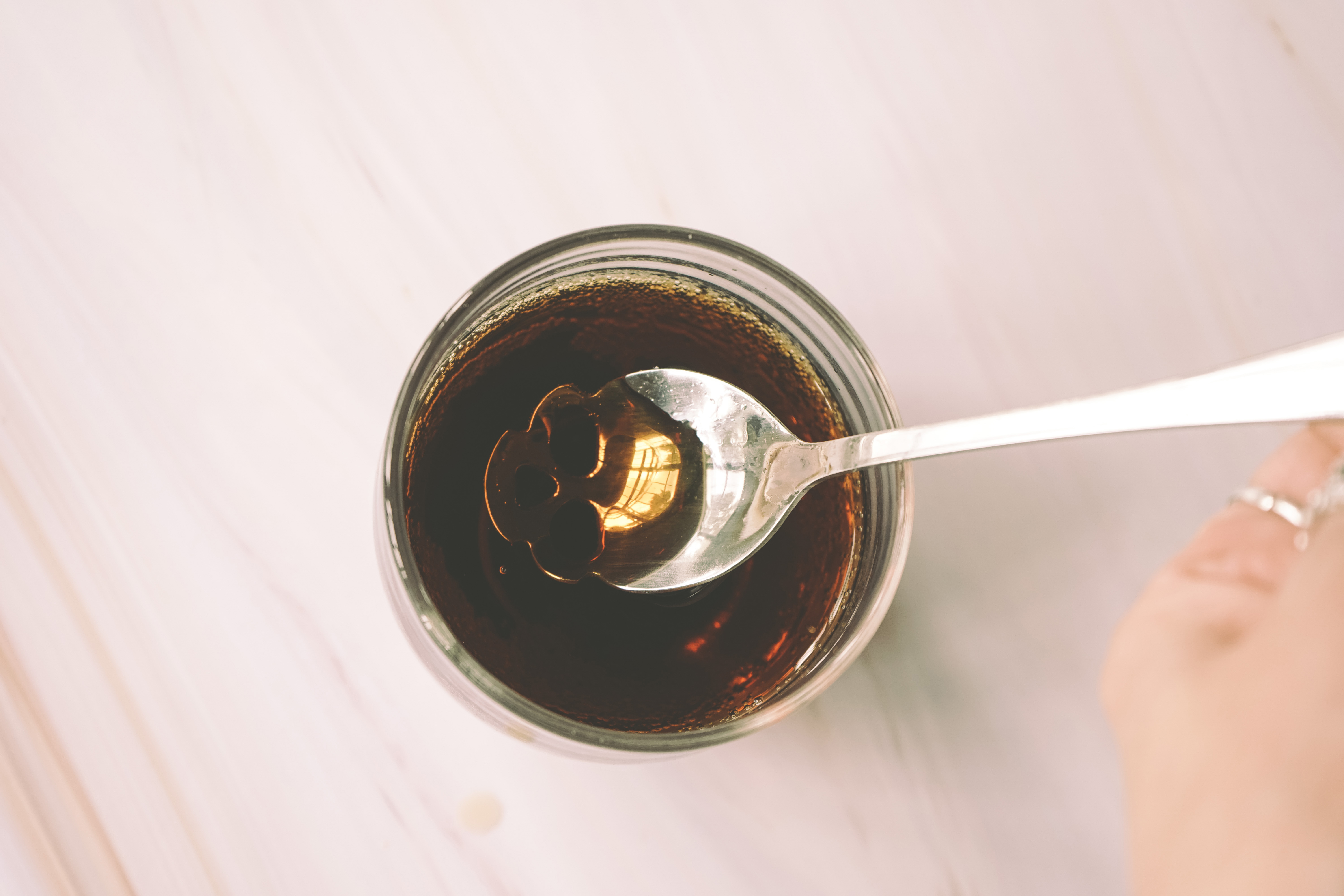
Artificial sweeteners like aspartame, sucralose, and saccharin are marketed as a zero-calorie, diabetes-friendly alternative to sugar. However, research suggests that some of these sweeteners may still cause insulin spikes, despite having no direct impact on blood sugar levels. This happens because the brain and gut react to artificial sweetness in ways that can still trigger an insulin response. Moreover, long-term use of artificial sweeteners has been linked to alterations in gut bacteria, which can contribute to insulin resistance and metabolic issues. Instead of relying on artificial sweeteners, opt for natural alternatives like monk fruit, stevia, or allulose, which have a lower impact on insulin levels. Even better, focus on reducing overall sweet cravings by choosing whole, unprocessed foods that naturally balance blood sugar.
Empowering Your Dietary Choices
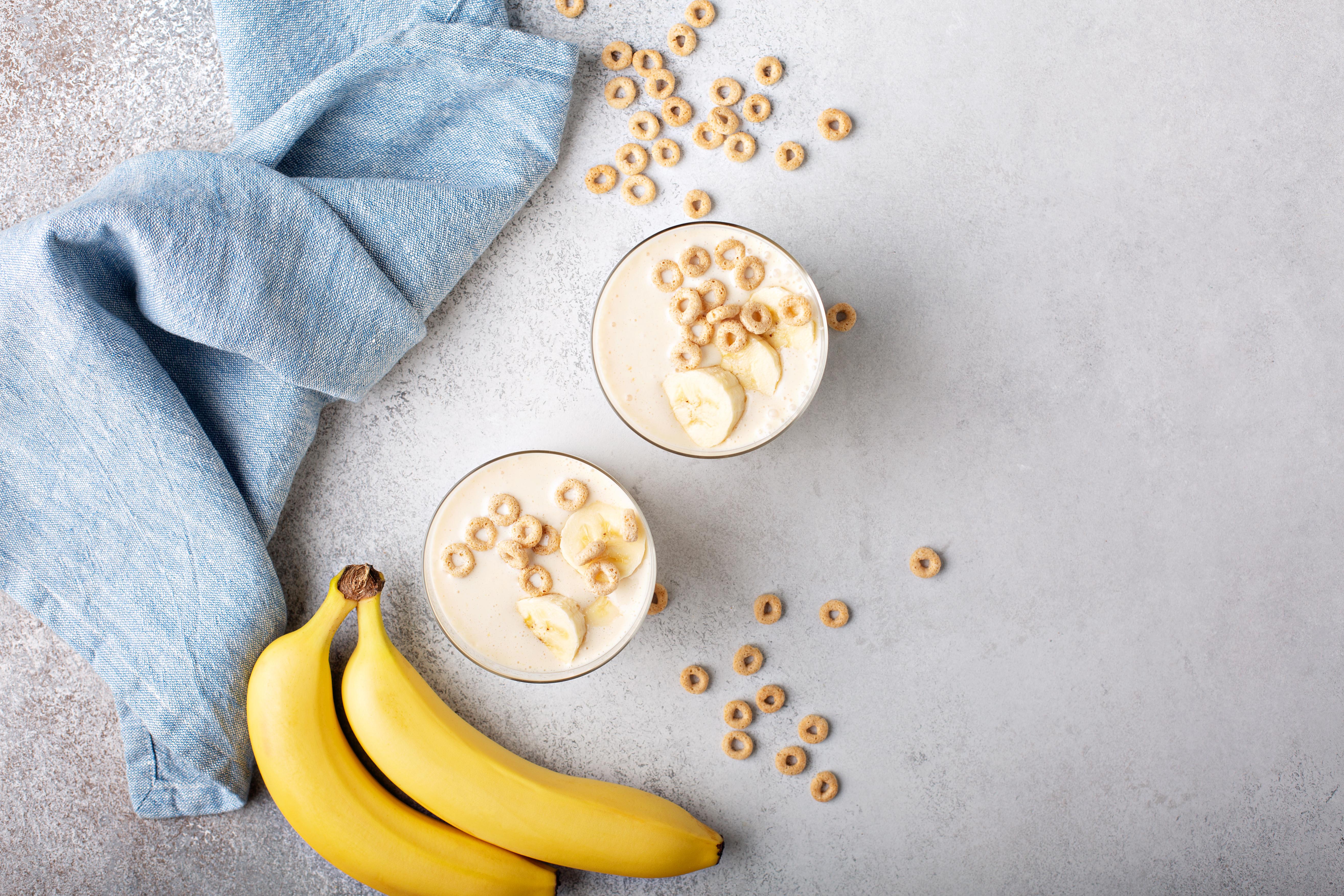
Understanding the hidden insulin spikers in "healthy" foods is crucial for making informed dietary choices that support stable blood sugar levels. By recognizing the impact of these foods on your body's insulin response, you can take proactive steps to minimize their effects. This guide has explored various foods and ingredients that may seem beneficial but can lead to insulin spikes, from fruit juices and smoothies to protein bars and sauces. Armed with this knowledge, you can make smarter choices that align with your health goals, reducing the risk of insulin resistance and related health issues. Empowering yourself with information is the first step toward achieving optimal health and well-being.